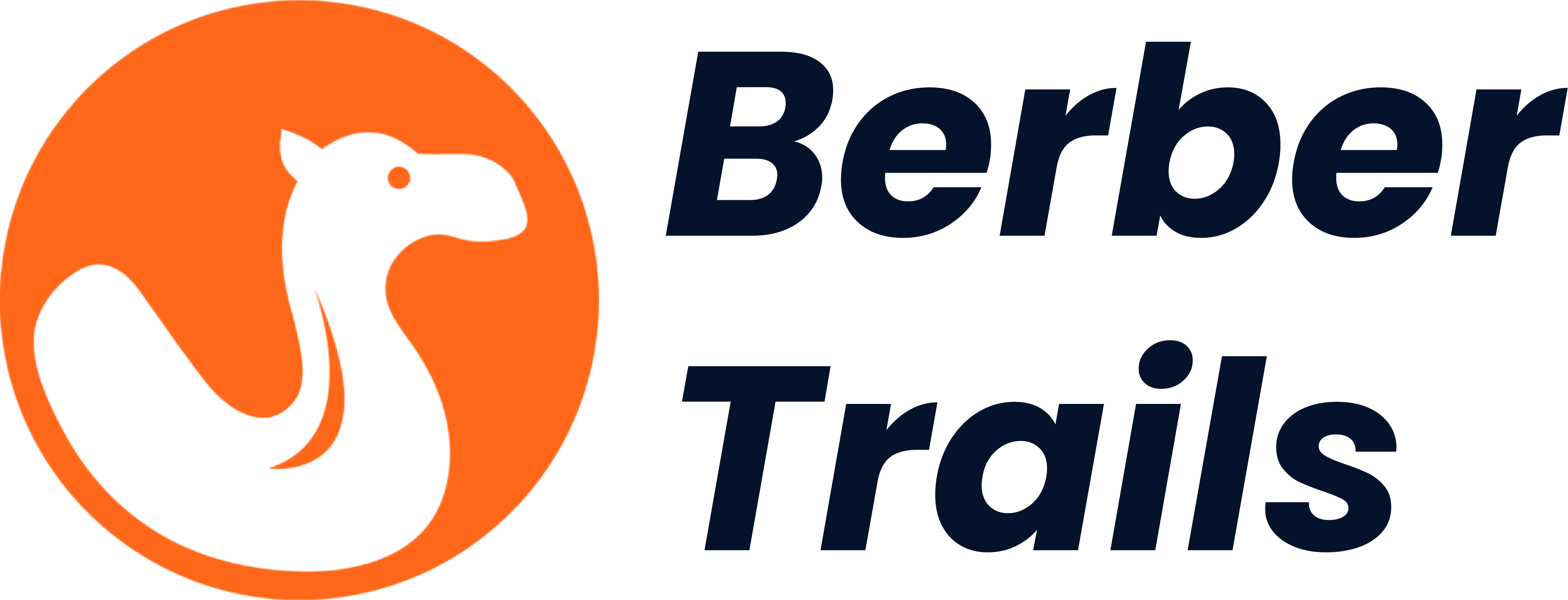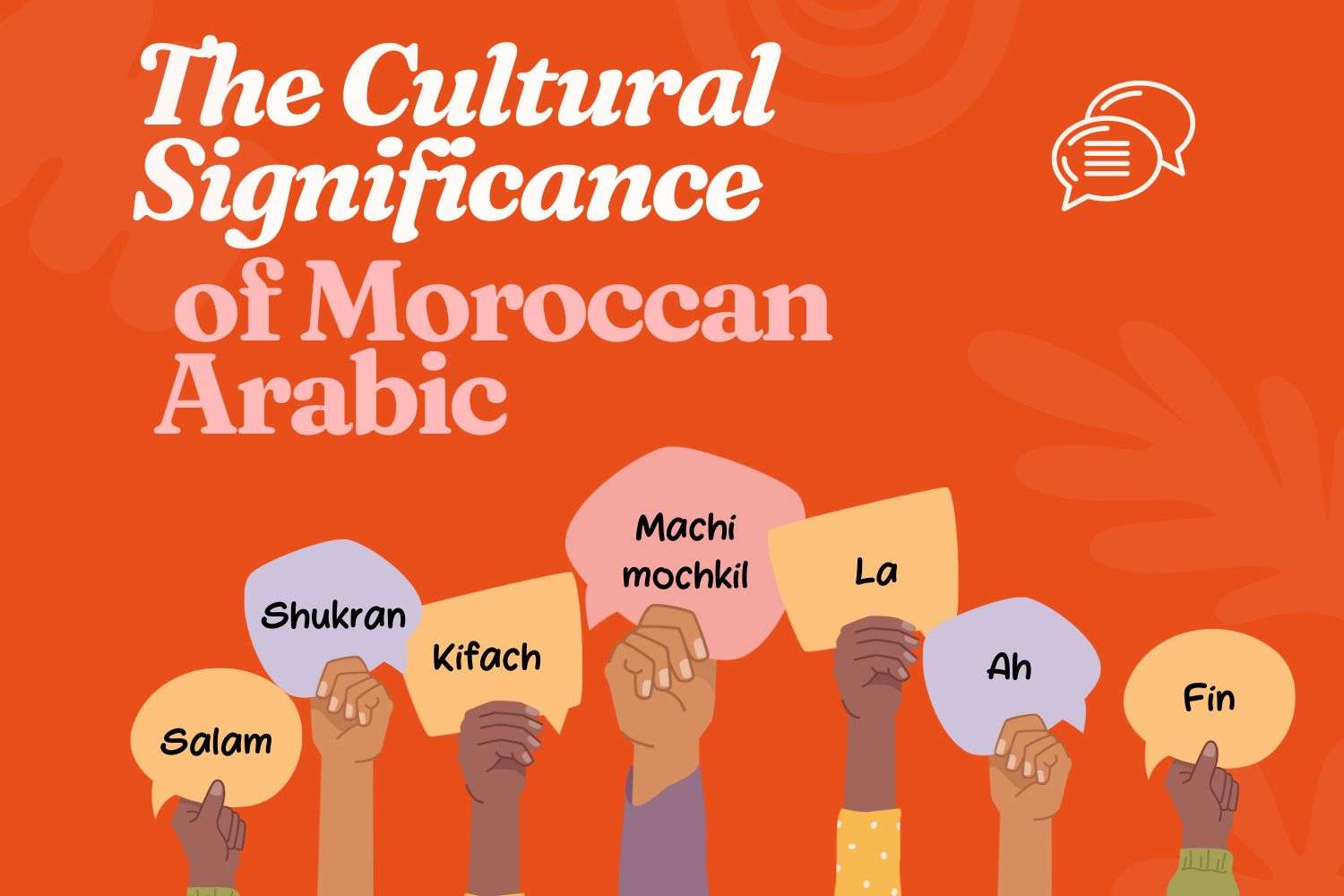Moroccan Language and Dialects: A Linguistic Diversity
Morocco is a linguistically diverse country, with a rich tapestry of languages and dialects that reflect its history and cultural influences. The country’s linguistic landscape is shaped by a mix of indigenous Berber languages, Arabic, French, and Spanish, creating a unique linguistic environment. This diversity is one of Morocco’s cultural treasures, offering travelers the opportunity to experience a variety of languages during their visit. Here’s a guide to the key languages and dialects spoken in Morocco:
1. Classical Arabic (Fus’ha)
- Official Language: Classical Arabic, or Fus’ha, is Morocco’s official language and is used in formal settings, government documents, and media. It is also the language of the Quran and is taught in schools across the country.
- Where It’s Used: While Classical Arabic is not spoken in daily conversation, it is used in written communication, religious texts, news broadcasts, and formal speeches.
2. Darija (Moroccan Arabic)
- Everyday Language: Darija is the most widely spoken language in Morocco and is used in everyday conversations. It is a dialect of Arabic unique to Morocco, influenced by Berber, French, and Spanish. Darija is very different from Classical Arabic and can be challenging for Arabic speakers from other regions to understand.
- Features: Darija simplifies some aspects of Classical Arabic and incorporates vocabulary from Berber, French, and Spanish. It is spoken informally among Moroccans in homes, markets, and casual settings.
- Regional Variations: Darija varies slightly by region, with different accents and slang used in northern, central, and southern Morocco. Despite these variations, Moroccans generally understand each other across the country.
3. Amazigh (Berber Languages)
- Indigenous Languages: Morocco is home to several Berber (Amazigh) languages, which are the indigenous languages of the Berber people, who predate the Arab arrival in the region. There are three main Berber dialects in Morocco:
- Tamazight: Spoken in the Middle Atlas region.
- Tachelhit: Predominantly spoken in the High Atlas and Anti-Atlas regions, as well as the Souss Valley.
- Tarifit: Commonly spoken in the Rif Mountains in northern Morocco.
- Revitalization Efforts: Berber languages have been increasingly recognized and promoted in recent years. In 2011, the Moroccan constitution made Tamazight an official language alongside Arabic, and there are ongoing efforts to incorporate Berber languages into education and media.
4. French
- Colonial Influence: French is widely spoken in Morocco due to the country’s history as a French protectorate from 1912 to 1956. Although Morocco gained independence, French has remained a dominant language in business, education, and government.
- Where It’s Used: French is often the language of instruction in universities and higher education, and it is also used in official documents, signage, and legal proceedings. In major cities like Casablanca, Rabat, and Marrakech, French is commonly spoken in professional and commercial contexts.
- Traveler’s Tip: Many Moroccans, especially in urban areas, are fluent in French, making it a useful language for communication with locals, particularly in hotels, restaurants, and tourist sites.
5. Spanish
- Northern Influence: In the northern regions of Morocco, particularly in cities like Tangier, Tetouan, and Chefchaouen, Spanish is widely spoken. This is due to Spain’s historical presence in northern Morocco, as parts of the region were under Spanish control from the late 19th century until 1956.
- Where It’s Used: Spanish is commonly spoken in northern Morocco, particularly in markets, shops, and tourist areas. It is also used in some schools and cultural institutions in these regions.
6. English
- Rising Popularity: Although not as widespread as French or Spanish, English is increasingly popular in Morocco, especially among younger generations and in tourist areas. Many Moroccans are learning English as a second or third language, and it is often used in tourism, hospitality, and international business sectors.
- Where It’s Used: English is spoken in hotels, restaurants, and tourist sites, especially in major cities like Marrakech, Casablanca, and Fes. English-speaking tour guides are also common, and many signs in tourist areas are written in English alongside French and Arabic.
7. Code-Switching and Multilingualism
- Everyday Communication: Many Moroccans are multilingual and often switch between languages in their daily conversations. It’s common to hear a mix of Darija, French, Berber, and sometimes even English or Spanish in a single conversation. This code-switching reflects the country’s complex linguistic heritage and cultural diversity.
8. Language in Education and Media
- Education: Arabic is the primary language of instruction in most schools, but French is often used for science and technical subjects at the secondary and university levels. In Berber-speaking regions, efforts are being made to include Tamazight in the curriculum.
- Media: Moroccan television and radio stations broadcast in Arabic, Berber, and French. Newspapers are also published in these languages, catering to Morocco’s multilingual population.
Conclusion
Morocco’s linguistic diversity is a reflection of its rich cultural history and various influences from the Arab, Berber, French, and Spanish worlds. Whether you’re navigating the medinas or exploring rural villages, you’ll encounter a fascinating blend of languages that gives Morocco its distinctive charm. This multilingualism makes Morocco an ideal destination for travelers seeking to immerse themselves in a unique cultural experience.





